AI's Rising Carbon Footprint in India: Decarbonising of Data Centres?
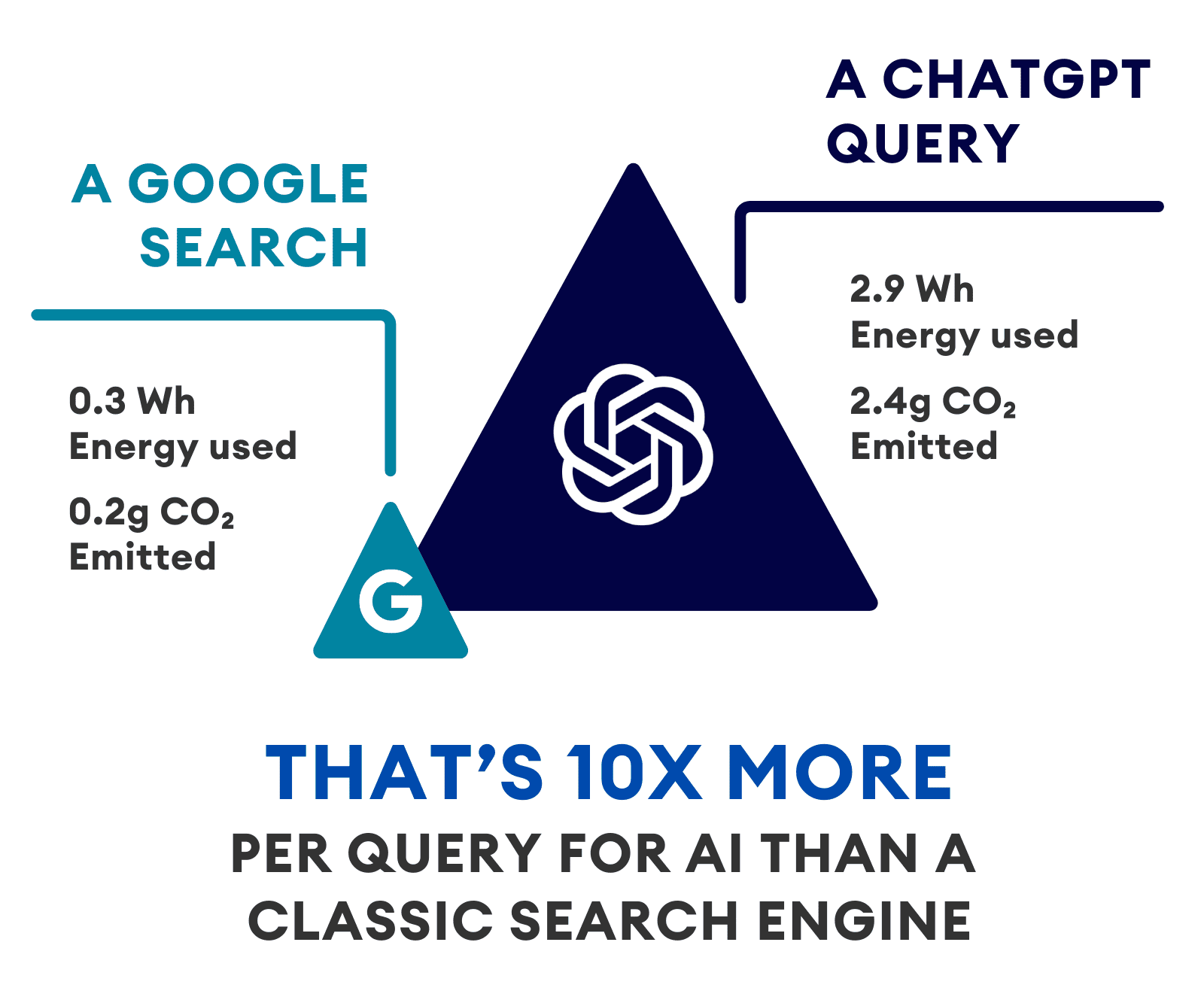
The rise of generative AI—tools like ChatGPT, Gemini, and Copilot—has revolutionised how we search, create, and interact with information. But behind every AI-generated answer lies a growing environmental cost. As India’s digital economy surges and AI becomes embedded in daily life, our digital actions' energy and emissions footprint is rising sharply.
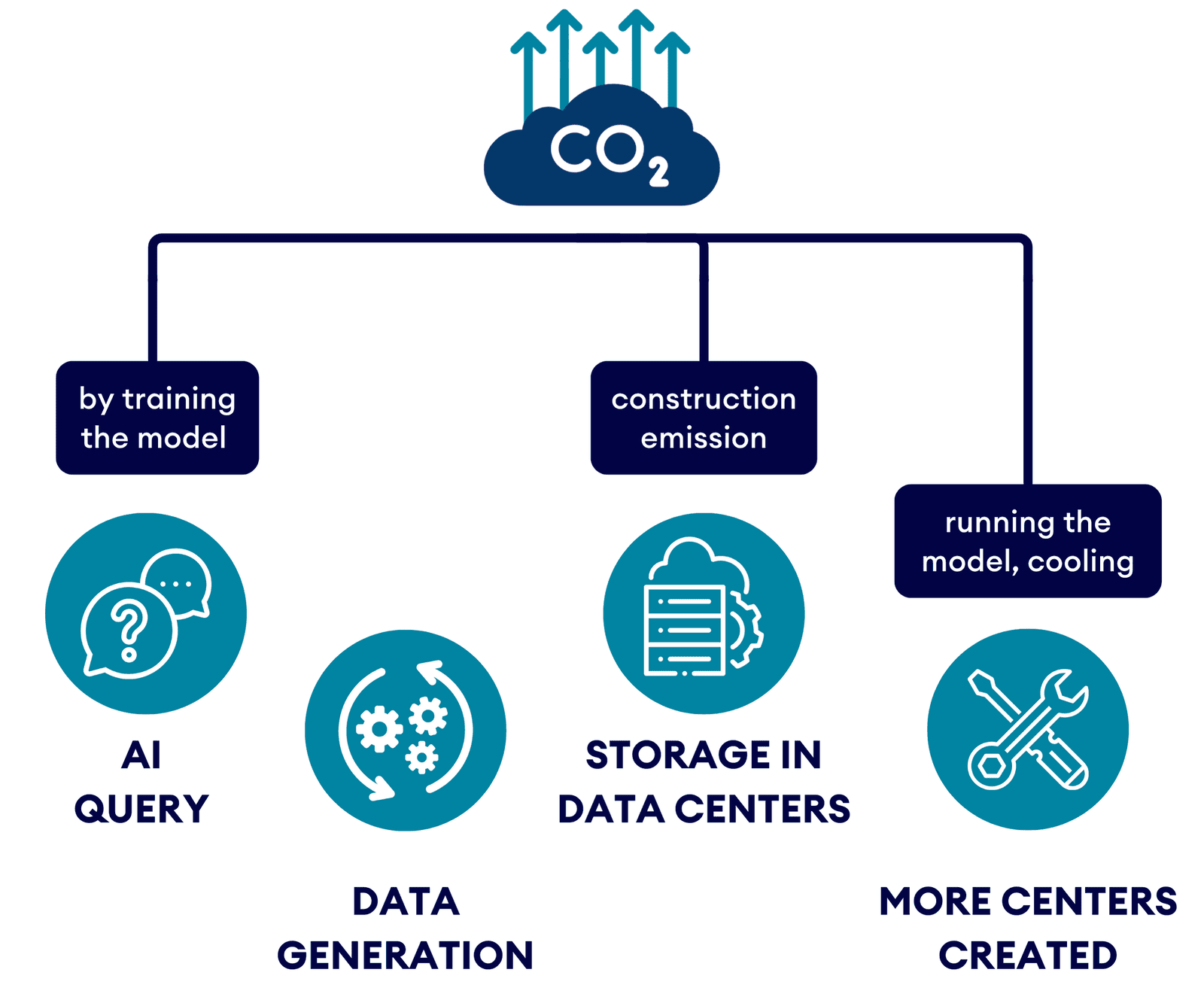
How Does AI Drive Emissions?
Electricity use, construction and maintenance of data centers causes CO₂ emissions. Most of India’s data centers run on coal-based power, with a grid emission factor of ~0.75 kg CO₂/kWh.
Formula: CO2 Emissions (kg) = Electricity Use (kWh) × 0.75 CO2 Emissions (kg) = Electricity Use (kWh) × 0.75 CO2
Example: 1 ChatGPT query = 0.0029 kWh × 0.75 = 0.0021 kg = 2.1g CO₂ (conservative; some estimates go much higher).
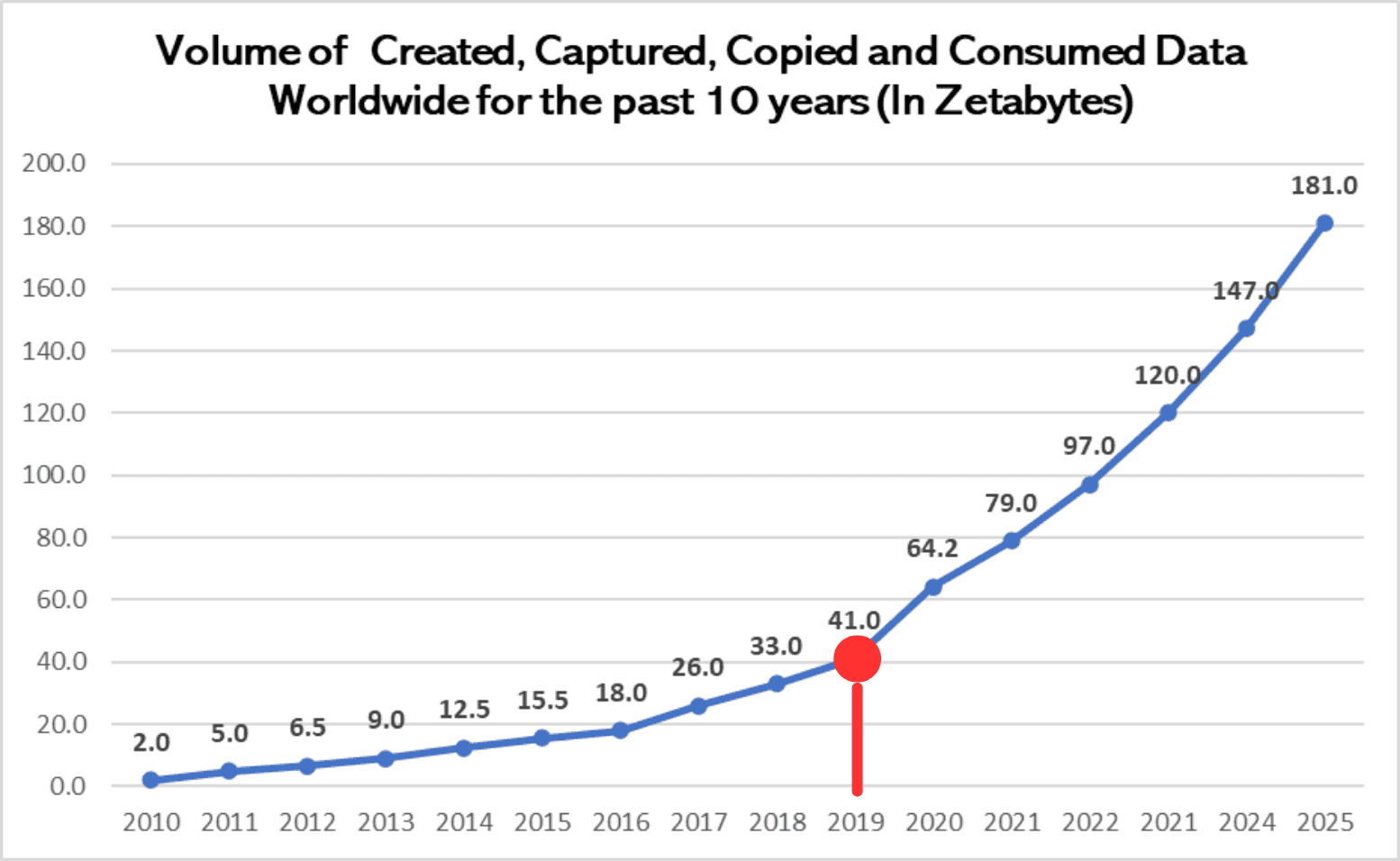
We Just Can't Stop Using AI!
AI is now essential to business, research, healthcare, and daily convenience. As seen from the image, since 2019-2020, there has been a surge in data generation, similar timeline when these AI models had got traction in terms of training and usage. This increase in data has caused a demand for storage and is bound to increase in the future. India, in particular, is a data superpower:
- India generates 20% of the world’s data, but currently hosts only ~3% of global data center capacity
- The government plans to expand data center capacity from 1.5 GW to 3.4 GW at a 24% CAGR, while some target estimates to 17 GW by 2030—a 12x jump.
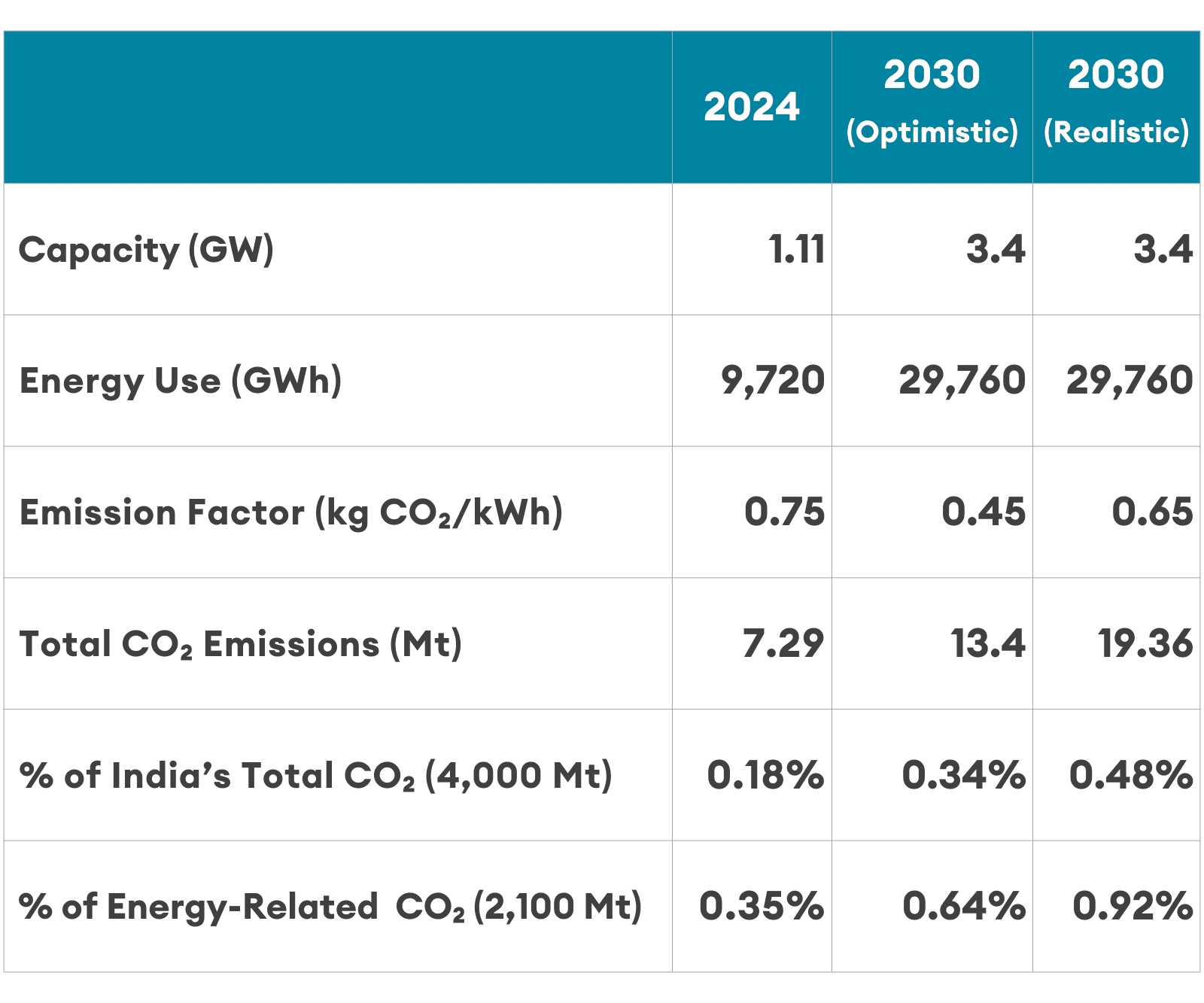
Why is India Eyeing an Increase in its Data Centers?
- Economics: India offers some of the world’s lowest construction and energy costs for data centers.
- India is ~57% the cost of the USA for a new 1 MW data center (first year) and ~62% the cost of South Africa.
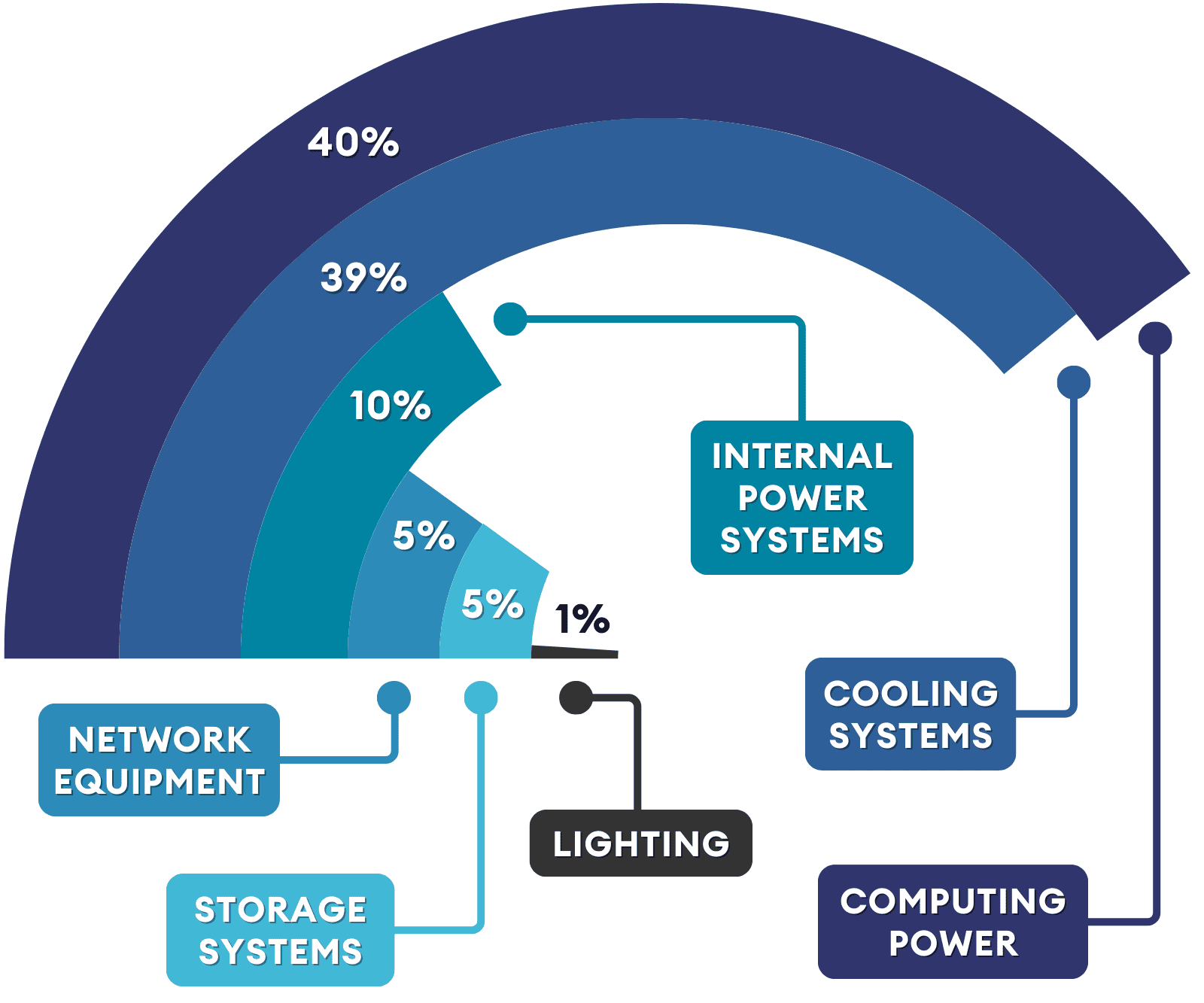
Where Does the Energy Go in a Data Center?
- Servers/Compute: AI chips (GPUs) are much more power-hungry than traditional CPUs, contributing to 40%.
- Cooling: 40% in current DCs and up to 70% of energy is spent just keeping servers from overheating in older DCs.
- Networking/Storage: The backbone of the cloud, but less energy-intensive than compute and cooling, contributing to 8-10%
Opportunities for Startups
Wherever we can cut emissions, reduce the load on the environment or make the process less energy-intensive, there are opportunities for startups.
- AI-powered workload optimization platform: software to optimize server use and scheduling, load shifting.
- Server lifecycle management & circular IT: platform for refurbishing, reselling, or recycling servers; track hardware for maximum lifespan and minimal e-waste.
- Modular immersion/waterless cooling kits: plug-and-play liquid or waterless cooling for server racks for water scarce regions.
- AI-driven dynamic airflow & HVAC optimization: software/IoT that senses hot spots and automates fans, CRAC units, and setpoints for max efficiency.
- Energy analytics + green integration platform: real-time monitoring, inefficiency alerts, green power ops like solar and wind.

